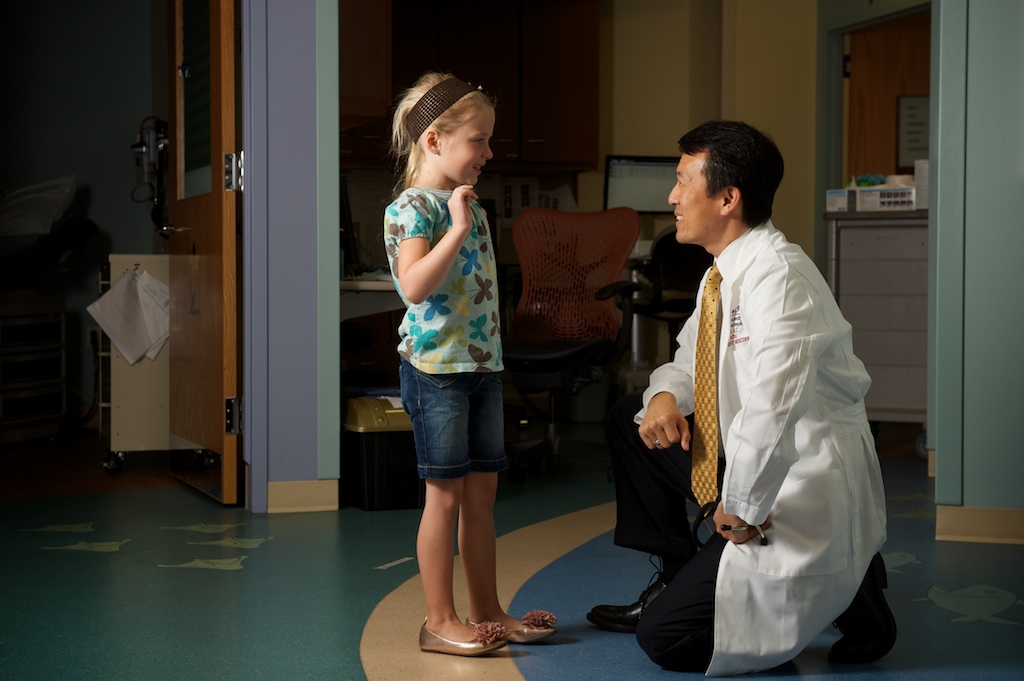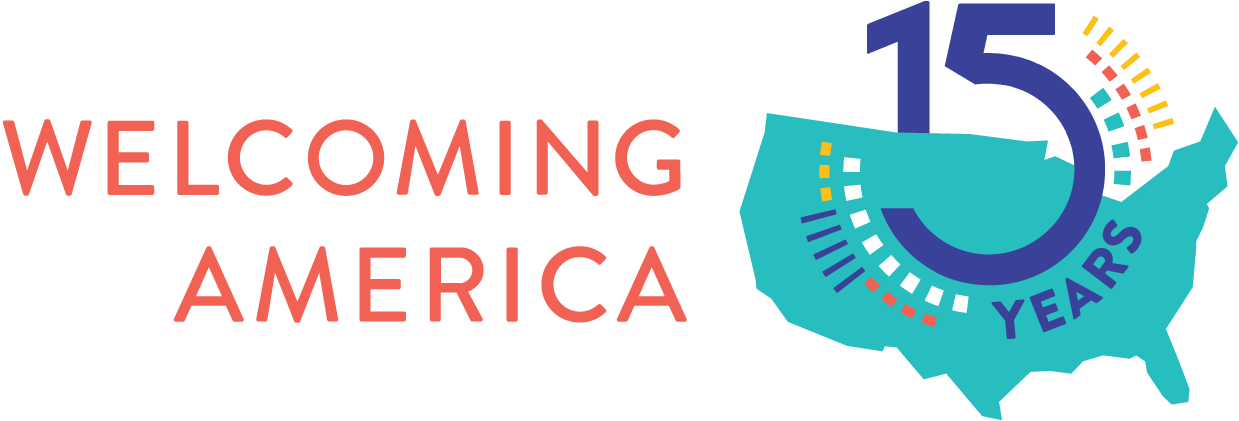
Achieving health equity as part of local welcoming efforts
Creating a welcoming community for immigrants can help to create a more healthy community for everyone, and such efforts to create health equity ensure that immigrants and refugees can participate fully and belong. A new paper released today by Welcoming America provides recommendations to help communities pursue a combined health equity and immigrant inclusion agenda.
Welcoming America’s framework underscores that improving health equity is crucial to achieve thriving and prosperous communities. With minimal crossover between the fields of public health and immigrant integration, there is a significant opportunity for more immigrant inclusion organizations to focus explicitly on promoting immigrant health – and for more organizations focused on the health and well-being of communities to recognize the importance of immigrant inclusion.
Today, we published a white paper that highlights communities that are leading the charge to achieve health equity while welcoming newcomers. The paper explores key themes of their successes: improving newcomer participation, addressing social and cultural barriers, and implementing structural and policy change. The paper also provides recommendations to help communities pursue a combined health equity and immigrant inclusion agenda.
Health equity in action – Allegheny County, Pennsylvania
One positive example comes from Allegheny County, Pennsylvania, which has designed behavioral health services specifically for its refugee population to help them heal from the trauma they experience prior to and to some extent after arriving in the United States.
Yadhu Dhital, a Fellow at Allegheny County Department of Human Services, explains the many sources of stress faced by his community of Bhutanese refugees: “Some of my neighbors were raped, tortured, imprisoned, with a long history of fear and trauma. They had to learn a new place and there was a lot of stress with finding housing and food in the United States.”
Moreover, explains Dhital, Western mental health practitioners may not be effective at treating some refugee communities, who “don’t have an idea about mental health or are ashamed.” To provide culturally-appropriate solutions to addressing mental health needs of the Bhutanese community and other immigrant groups, the Allegheny County Department of Human Services funds local agencies to train immigrant community members to lead peer support groups for members of their respective communities.
Each group facilitator has the flexibility to structure the group and choose topics of relevance to their particular group. Barbara Murock of Allegheny County Department of Health and Human Services describes one such group: “We have some Bhutanese groups just for elders, where they do yoga and meditation and there’s a box where you can drop a question. They believe they have prevented suicides.”
This model provides support and training for community members to fill a critical health need in their community while leaving flexibility to allow for discussion of behavioral health issues, which carry a stigma for many people. It is a strength-based approach, building on natural and community supports.
Broader collaboration needed
The Welcoming movement would benefit from a broader incorporation of a health equity framework that would allow communities to recognize and address factors that can stand in the way of immigrants leading healthy lives, including the physical environment, health care, health behaviors, and social and economic opportunity. Likewise, there are significant opportunities for those concerned with health equity to engage more deeply with immigrant communities and create more welcoming environments that promote mental and physical well-being, and address some of the structural barriers to achieving health equity.
Explore how your community can improve health equity as part of its welcoming efforts in our newly published white paper.
By Jennifer Driver
Welcoming America’s commitment to thriving communities and intersection includes focusing on five key areas: economic stability, education, social and community context, health and health care, neighborhood and built environment.

